Introduction
The chef's knife is the cornerstone of any kitchen, professional or amateur. With its multi-purpose design and versatile applications, the right chef's knife can make meal preparation a pleasure. This guide explores the types of chef's knives available, their specific features and purposes, and how to assess their quality.
Types of Chef's Knives
Classic Chef's Knife
- Features: Broad blade, tapered edge, balanced weight.
- Purpose: Ideal for chopping, slicing, and dicing a variety of foods.
Santoku Knife
- Features: Shorter, with a flatter blade and "sheep's foot" tip.
- Purpose: Great for slicing, dicing, and chopping; the name means "three virtues" in Japanese, referring to its multi-use capability.
Utility Knife
- Features: Narrower and shorter than a classic chef's knife.
- Purpose: Perfect for smaller tasks like slicing fruits, vegetables, and small cuts of meat.
Paring Knife
- Features: Small size, sharp point.
- Purpose: Ideal for precise tasks such as peeling and trimming.
Cleaver
- Features: Heavy, wide blade.
- Purpose: Used for breaking down large cuts of meat and poultry.
Features to Consider
Blade Material
- Carbon Steel: Holds an edge well but requires regular maintenance to prevent rust.
- Stainless Steel: Less maintenance but may require more frequent sharpening.
Handle Material
- Wood: Comfortable and warm but requires upkeep.
- Synthetic: Easy to clean and durable, but can be less comfortable.
Blade Length
Generally ranges from 6 to 14 inches. Choose a length that you're comfortable handling.
Checking Quality
Balance
A well-balanced knife will make your work easier and safer. Test the balance by holding it at the point where the handle meets the blade.
Sharpness
A quality knife will come razor-sharp out of the box. Over time, the ability to hold this sharpness is a good indicator of its quality.
Construction
Look for a knife that is "full-tang," meaning the metal extends from the tip of the blade to the end of the handle, ensuring durability.
Reviews and Recommendations
Consider seeking advice from professionals or reading online reviews to get a sense of a knife's quality and durability.
Conclusion
A chef's knife is more than just a kitchen tool; it's an extension of the cook. Understanding the types, features, and quality indicators will not only improve your cooking experience but also elevate your culinary skills. Whether you're a kitchen novice or an experienced chef, selecting the right knife is a crucial step in your culinary journey.






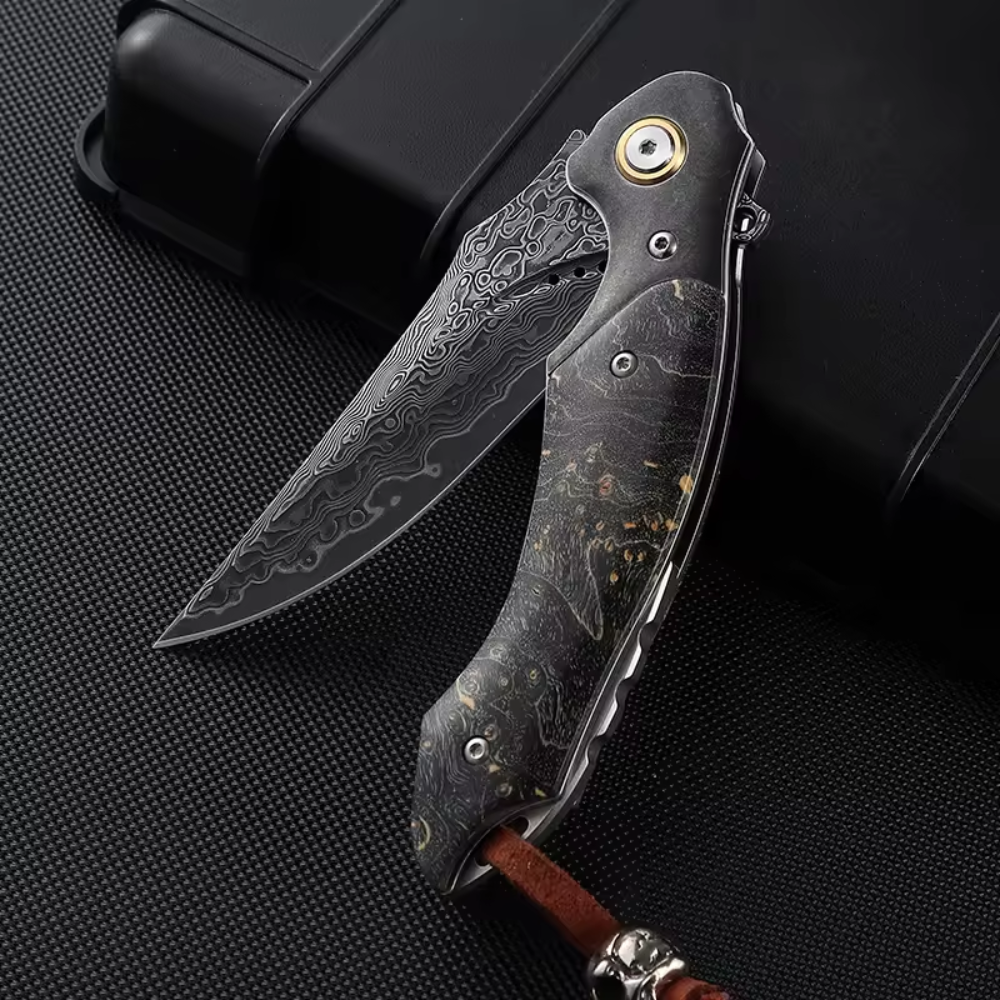

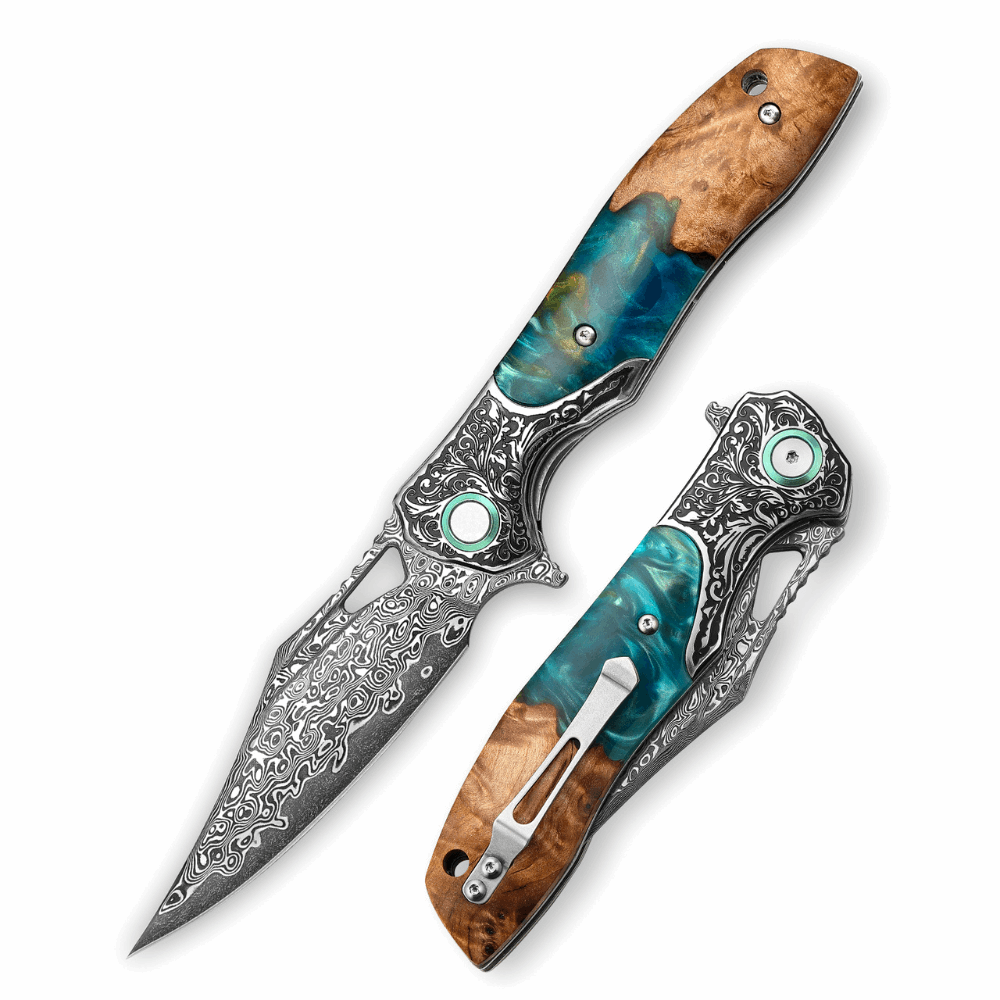
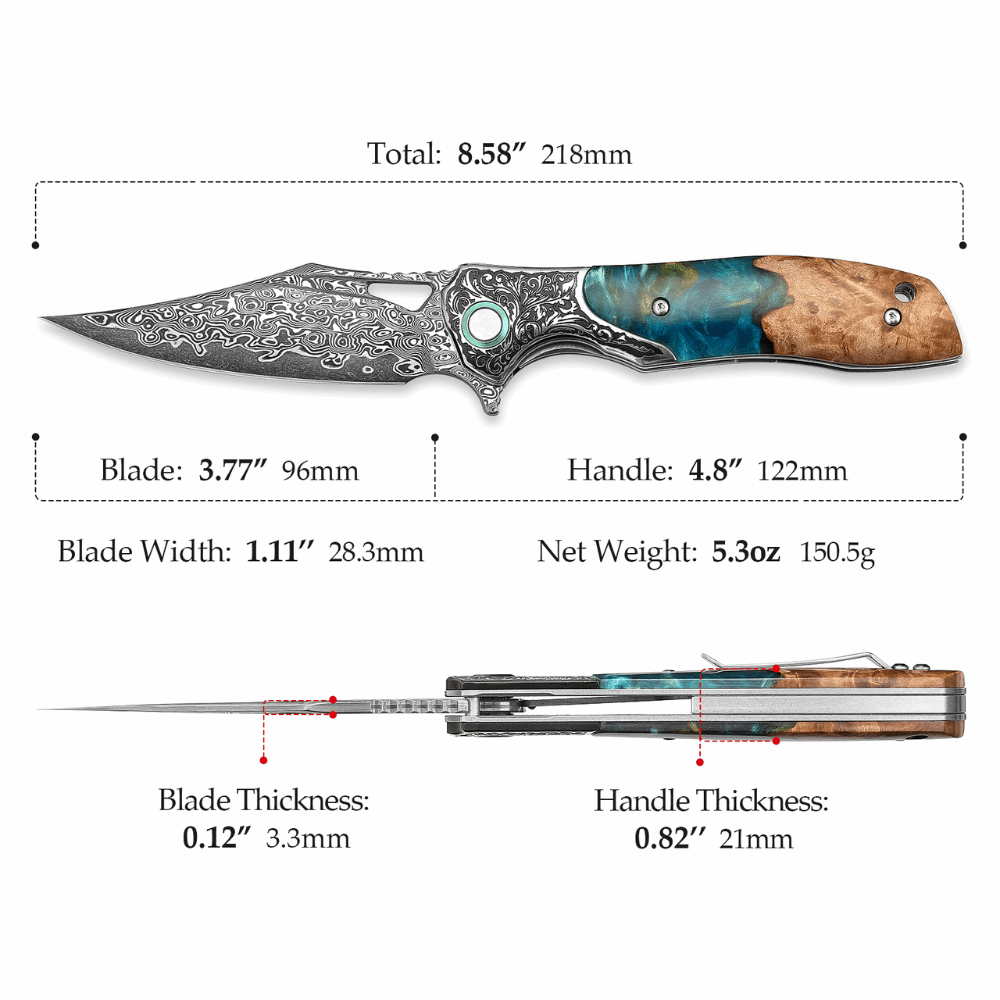





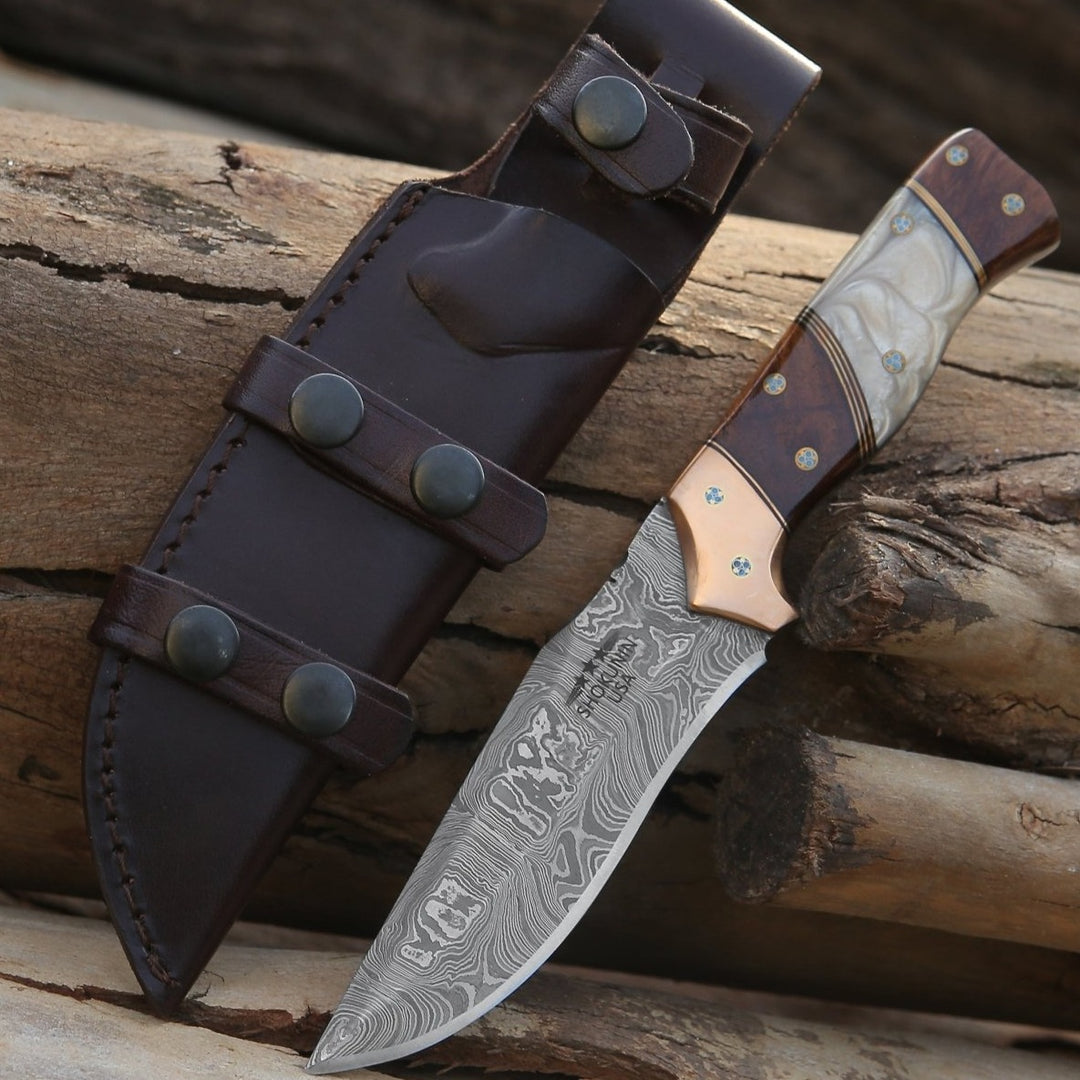
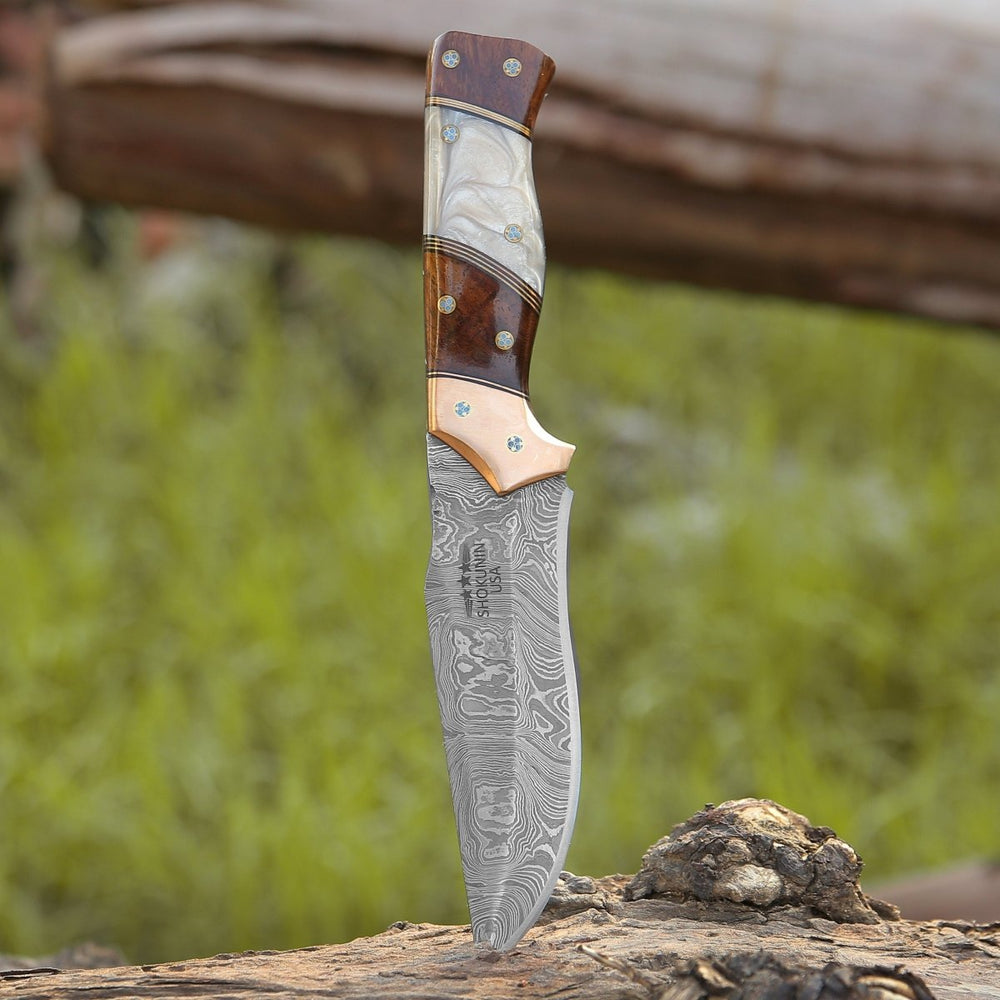

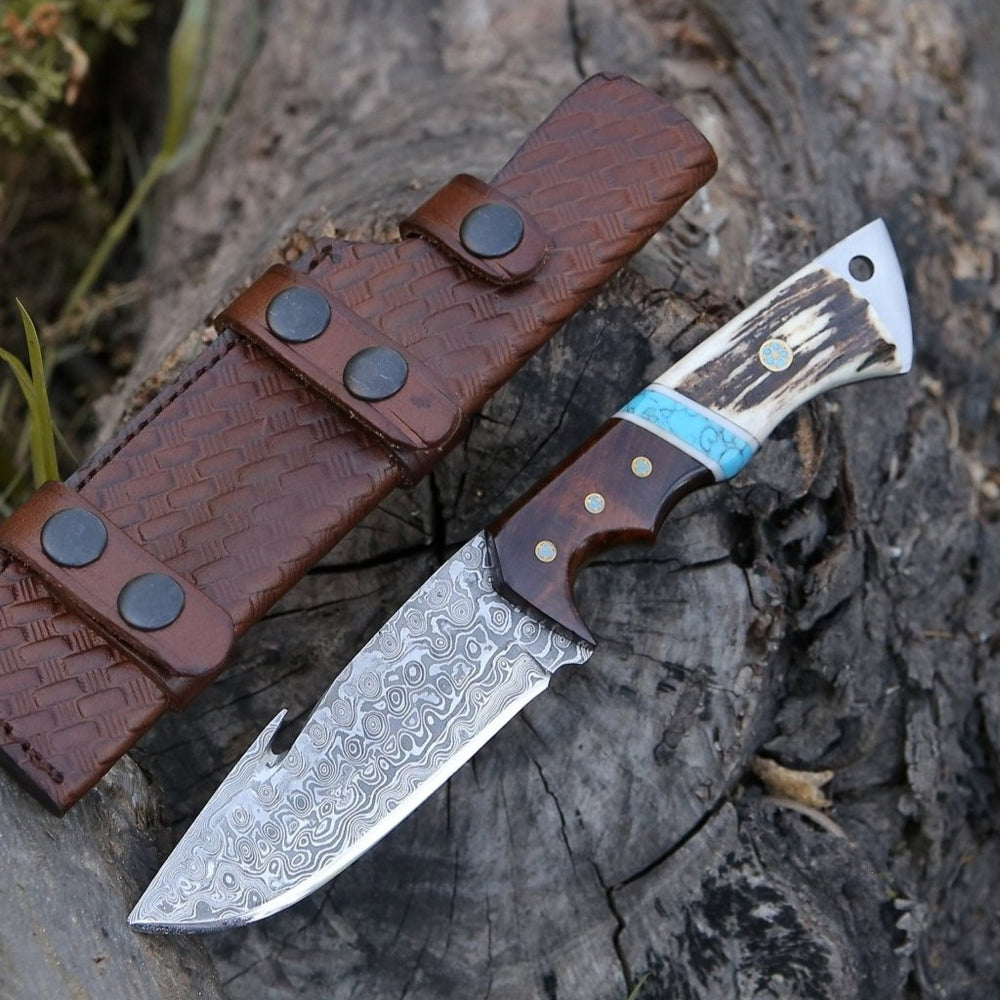

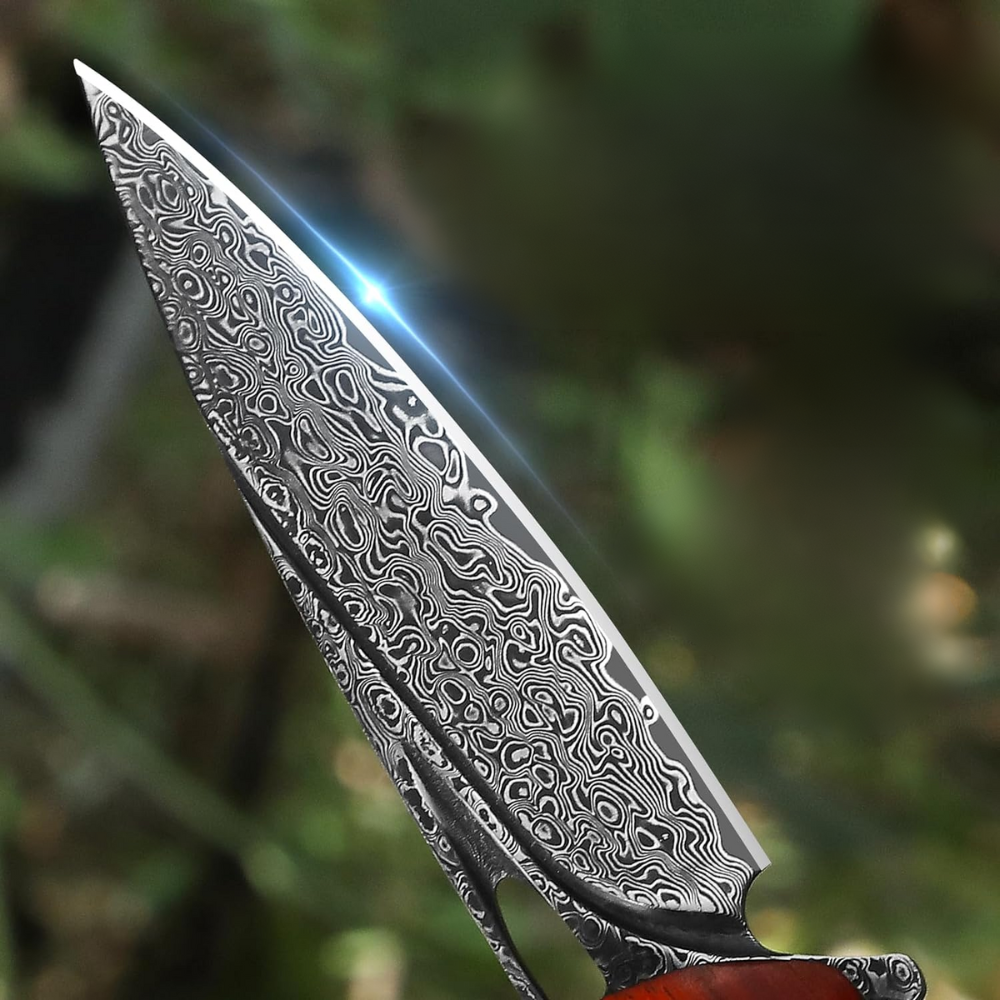



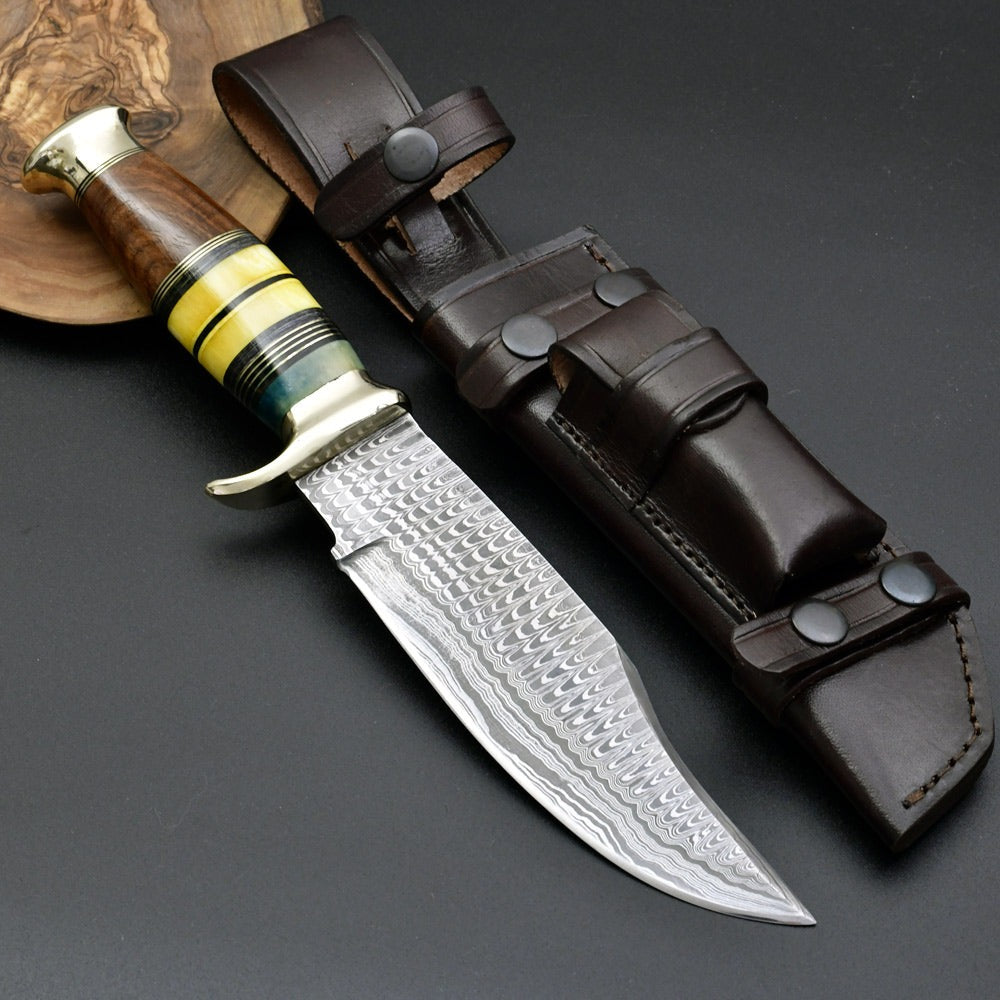



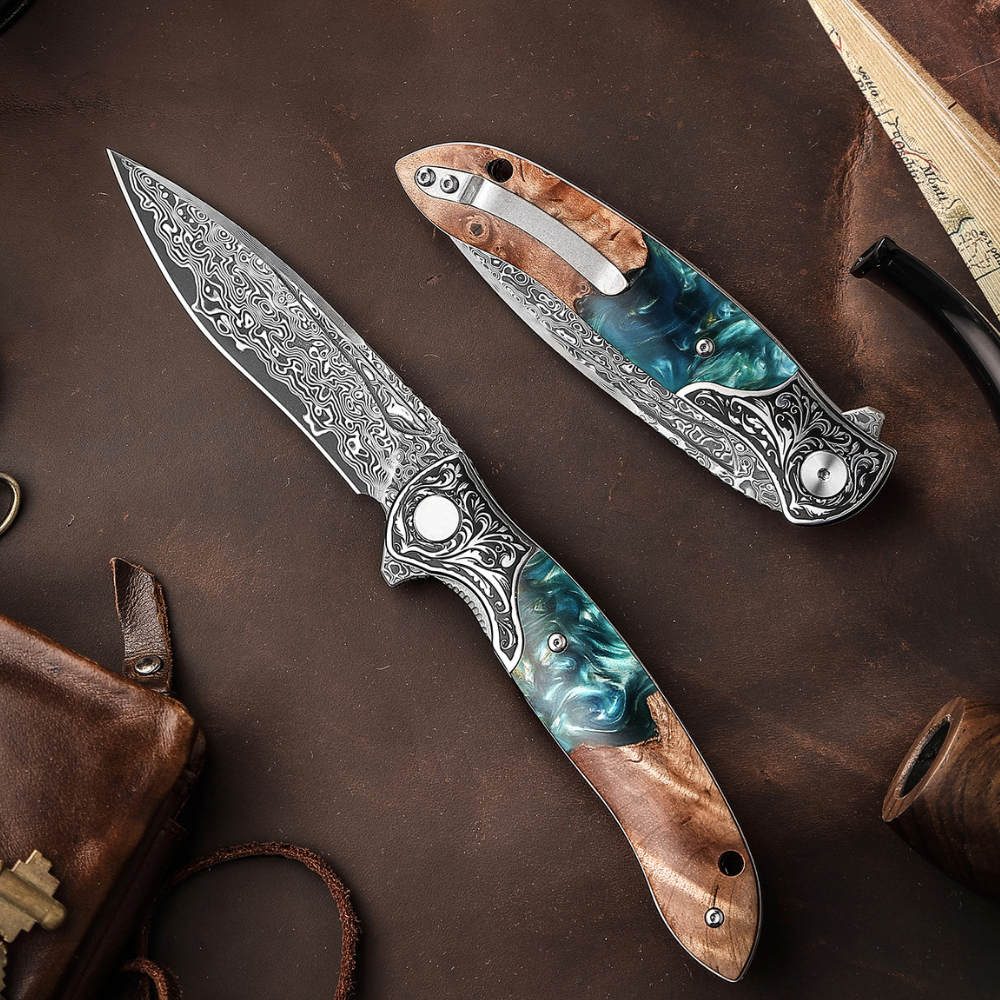
Leave a comment